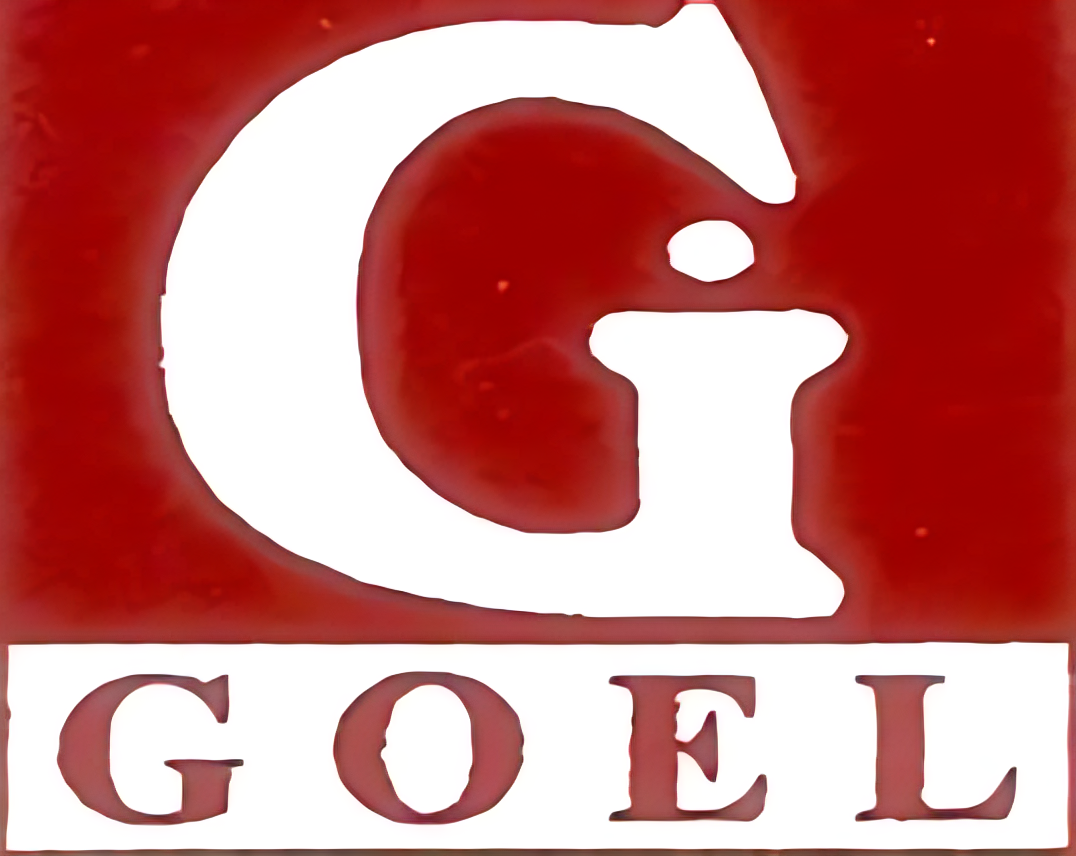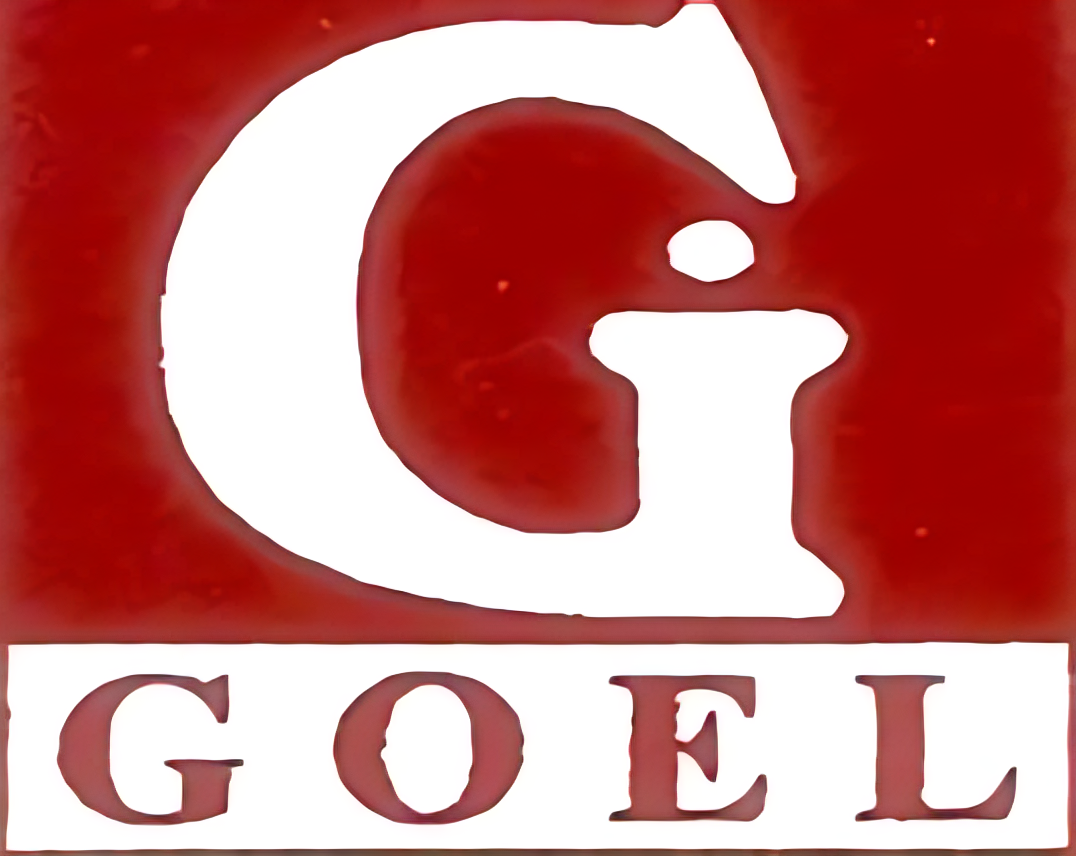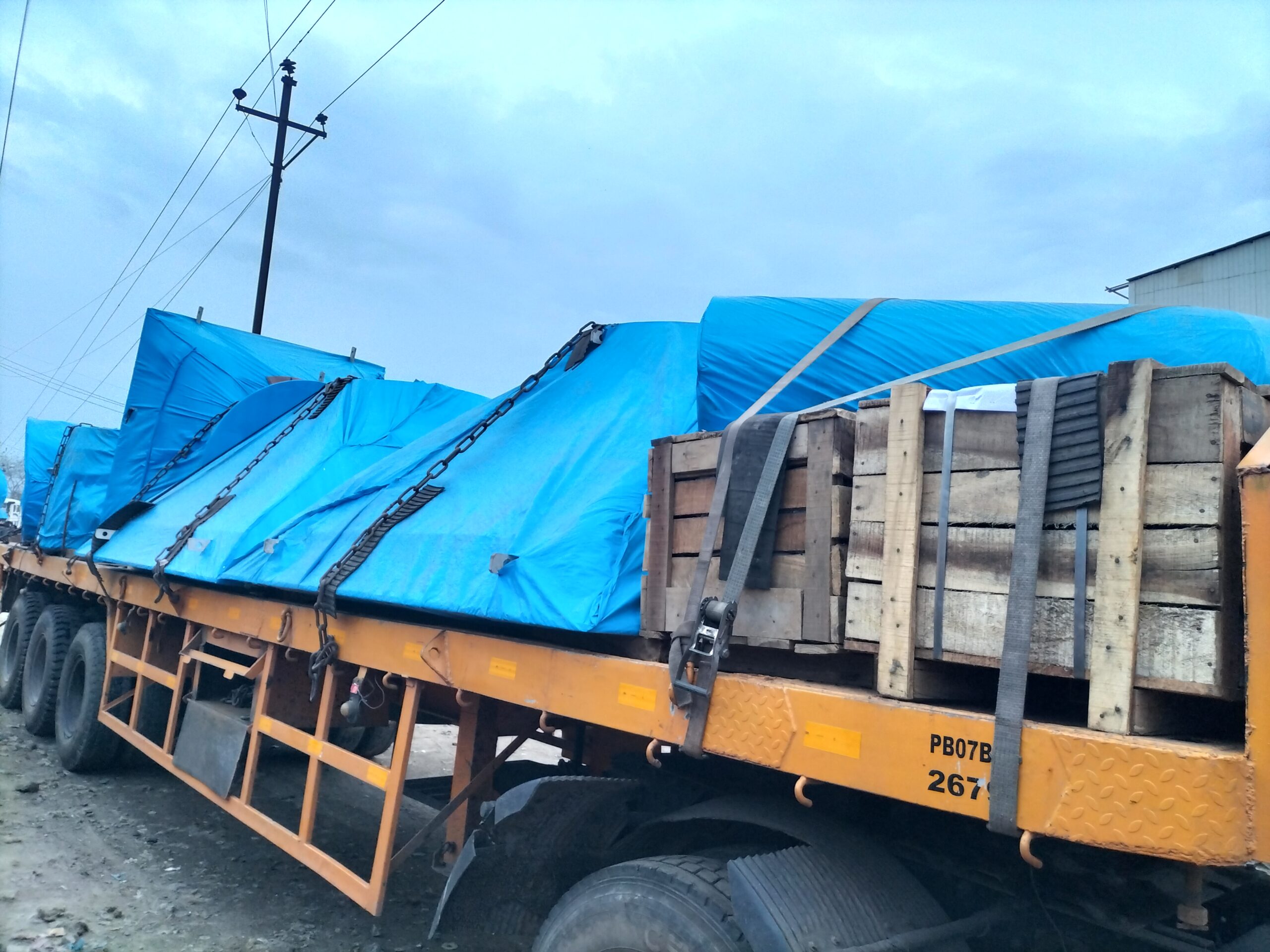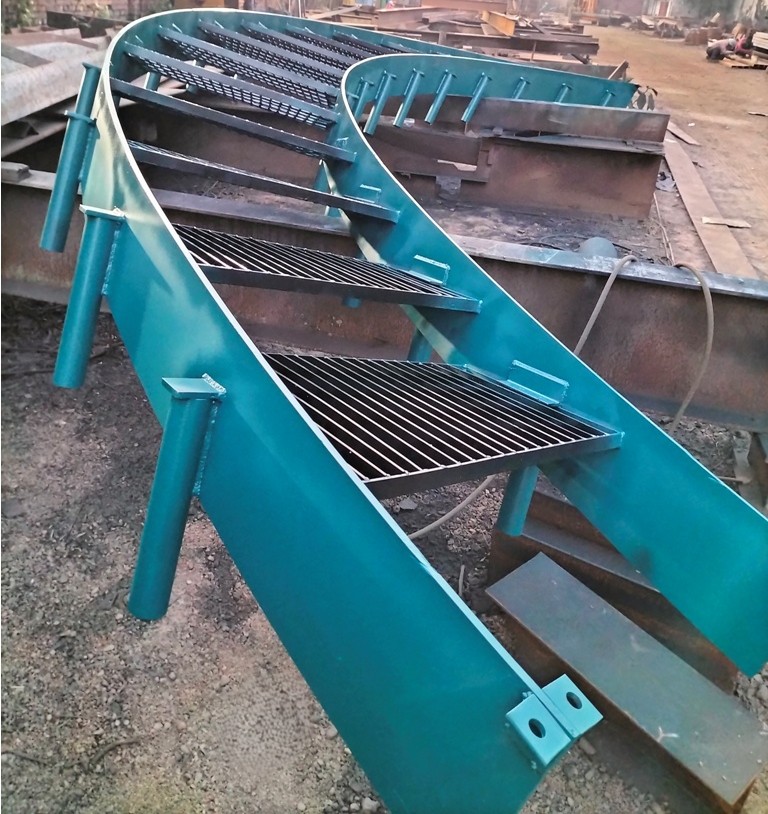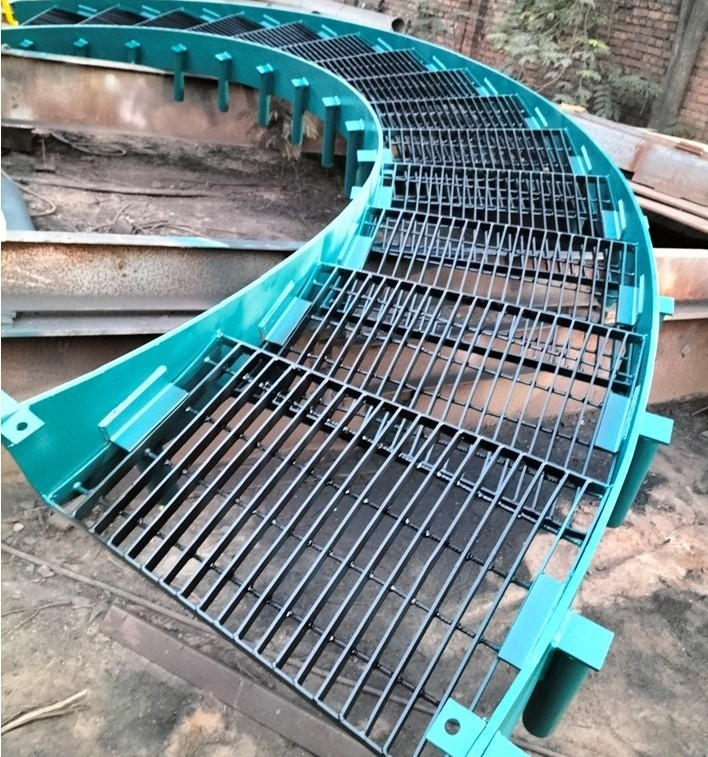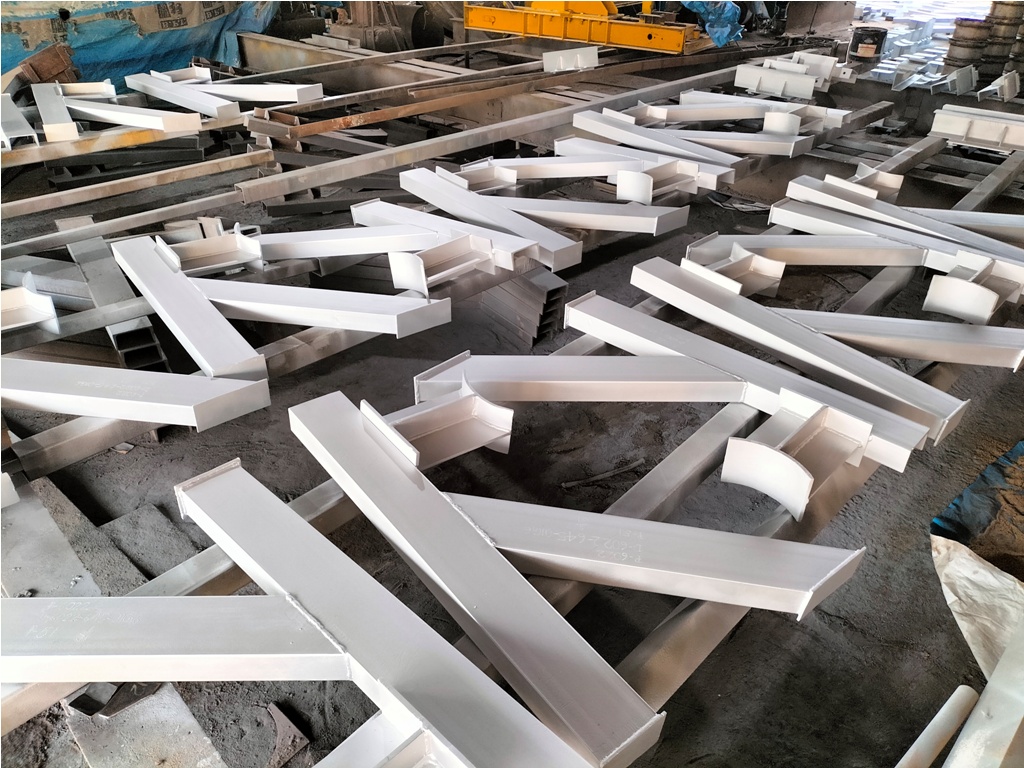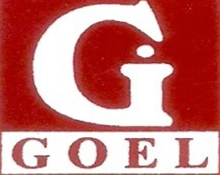Industrial Fabrication
Our Services/Industrial Fabrication
Industrial fabrication is an essential segment of Goel Industries’ operations, playing a significant role in their manufacturing processes. Fabrication involves cutting, shaping, assembling, and finishing raw materials—primarily metals—into finished components or structures for various industrial applications. This process ensures precision and durability, allowing the company to meet the diverse needs of industries such as construction, automotive, and heavy machinery. By leveraging advanced fabrication techniques and state-of-the-art machinery, Goel Industries enhances efficiency, reduces material wastage, and maintains high-quality standards. Their commitment to innovation and skilled craftsmanship enables them to deliver customized solutions that cater to evolving market demands.
Company
Here’s an overview of how industrial fabrication might be integrated within Goel Industries:
